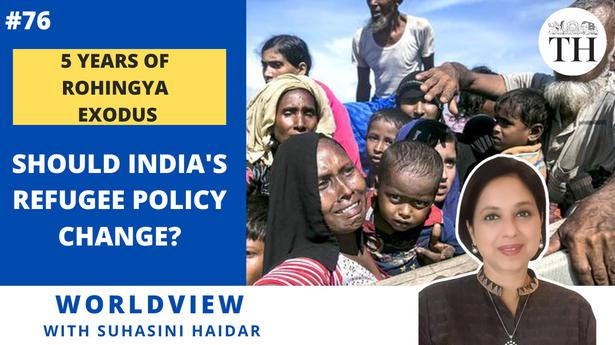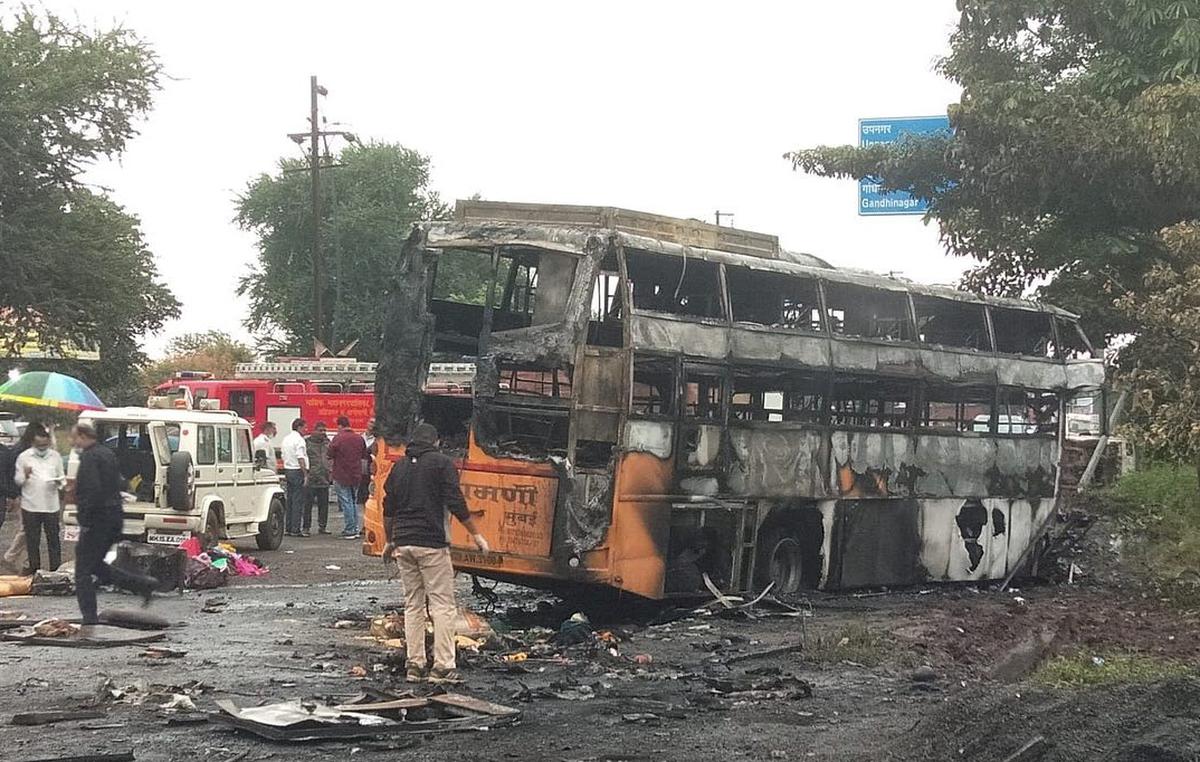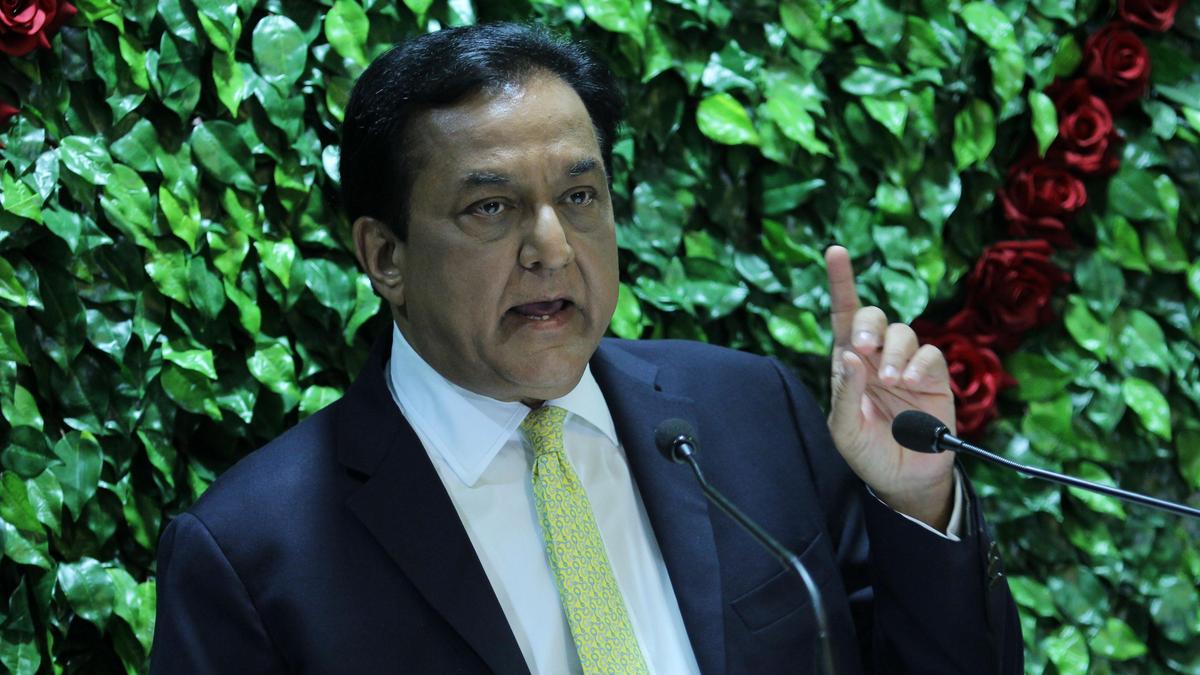In this episode of Worldview, we take a look at 5 years of Rohingya refugees and India’s take on refugee policy
In this episode of Worldview, we take a look at 5 years of Rohingya refugees and India’s take on refugee policy
5 years after the Rohingya fled the worst ethnic violence in Myanmar, India says they have to go back- could New Delhi’s refugee policy come under international scrutiny?
This week marks the 5th anniversary of the biggest migration of Rohingya refugees who faced what the UN calls state-sponsored ethnic genocide in their homes in Rakine state, as more than 700,000 fled to neighbouring Bangladesh and other countries around the world.
The issue has reopened the debate over India’s refugee policy, especially after a tweet by Minister for Urban Development praising India’s decision to house Rohingyas, which was quickly cut down by the Minister for Home Affairs
Let’s just take a closer look at what that policy is:
1. India has neither signed the 1951 Convention Relating to the Status of Refugees nor Protocol Relating to the Status of Refugees of 1967, and deals with refugees and asylum seekers under the Foreigners activities, Passport Act and Citizenship act
2. India follows some conventions on refugees that arise from other treaties and conventions it has signed: Universal Declaration of Human Rights (1948), United Nations Declaration of Territorial Asylum (1967), the International Covenant on Civil and Political Rights (1966). In 1979, India signed the International Convention against Torture, but has not ratified it.
3. However, India is an executive committee member of the UNHCR, and cooperates with its work in India.
4.India has historically prided itself on being a land of refuge- from Zoroastrians or Parsis since the 12 th century, or persecuted Christians or Jews in the world war etc. And even today, India supports nearly 250,000 refugees, including
– Tibetans fleeing Chinese control since 1950s- approx 100,000
– Sri Lankan refugees since 1980s approx 95,000
– Afghan refugees fleeing Taliban rule in 1996, although India has not accepted any since Taliban takeover last year- about 15,000
– Myanmar democracy activists, Chin ethnicities and other groups since 1990s- many who returned
– Rohingya refugees that came in in 2012 were relocated to various states, including Jammu Kashmir, Haryana, Andhra Pradesh etc.
What about Rohingyas today?
Rohingya muslims were declared stateless since 1982 by the Myanmar military rulers, but persecuted for decades.
– India has about 40,000 Rohingya including those who fled here earlier, and then in one wave of violence in 2012, and next in 2017. But India calls them illegal foreigners, and doesn’t recognise them as refugees
– About half, or 20,000 are registered with the UN High Commission for Refugees
– India is one of many countries the Rohingya have taken shelter: Bangladesh has more than a million, Pakistan has about 500,000, Saudi Arabia has about 190,000, Malaysia 150,000 and UAE 50,000 all have more.
– Rohingya live in a number of Indian states, including Delhi, where the government this week walked back from a plan to rehouse about 1,100 Rohingya in an apartment block earlier used for covid quarantine.
– In a stern note last week the Home Ministry said
1. That the Rohingya would not be rehoused, and should continue to live in a shanty-town camp
2. That their current camp be declared a detention centre
3. That the process of deporting the Rohingya would be continued. India has thus far sent back more than a dozen Rohingya, many of whom against their will, separated from families that live here.
Why is India not a signatory to the International Refugee Convention of 1951, and 1967 Protocol?
1. Originally India objected to the Convention as Eurocentric- as it only dealt with those made homeless in the World Wars in Europe, most significantly Jewish refugees
2. Later, the complexities of the Palestine question, after about 750,000 Palestinians were ousted from Israel after the 1948 conflict, also led to India’s decision to stay out of the conventions
3. The Partition of India brought its own terminology, and India did not see 10 million migrants that came from West and East Pakistan as refugees
4. India had such porous borders, especially in the North East, that governments held it would be impossible to properly evaluate and secure refugees (who flee a specific threat) as separate from economic migrants, which India cannot afford to allow unregulated.
5. Over the decades, governments have pointed out that India has done more than its fair share in taking care of refugees from the region, while more than 140 countries, particularly from the developed world, that are signatories but don’t keep their promises.
From 1 million in 1951, today the UN estimates nearly 21 million refugees. While 68% of these originate from just five countries (Syria, Venezuela, Afghanistan, South Sudan and Myanmar), 86% are hosted by developing countries.
6. In 2019, the government brought in the CAA- that fast-tracks non-Muslim, religiously persecuted minorities from Afghanistan, Pakistan and Bangladesh who arrived in India before 2015. The law would not have been permissible under the International refugee convention, as it discriminates on religion. However, the government has also not framed rules for the Amendment yet, and some of even those beneficiaries have had to return as their visas ran out.
7. The present government has justified deportation of refugees, including Rohingya on the basis of not having signed the Refugee Convention, also claiming they are an economic, and a national security threat
Why is there even a debate today? And what kind of international pressure could India face over its refugee policy?
1. If India continues to deport Rohingya, it could be held accountable for violating the principle of non-refoulement – not sending refugees back to danger, which it has signed up for under the torture convention.
2. 2022 is the year of the 5-yearly Universal Periodic Review of India at the Human Rights Council, which will consider the treatment of refugees as well as other human rights issues- the report will be taken up in the session on November 10, 2022.
3. In December 2022, India will end its 2-year term at the UN Security Council, and will once again have to ensure support from P-5 members on resolutions critical of India’s actions
4. In 2023, India will host the G-20 Summit, and any international scrutiny will be a sensitive issue, as a host country has to ensure the full participation of all members
5. Bangladesh PM Sheikh Hasina will visit India in early September, and had earlier indicated that she would raise the Rohingya issue with PM Modi. Bangladesh has been calling for greater international efforts to ensure the safe repatriation of Rohingyas to Myanmar, but given the New Delhi-Naypyitaw security relationship (earlier WVs) the government has not so far played a regional role in mediation, as China has.
India can justifiably claim its historical role in giving shelter to those who have fled violence and persecution in its neighbourhood, but its aspirations of global leadership will fall short of being realised if it is seen as taking a discriminatory position in the present, as comments on government actions with the CAA, the Rohingya and Afghan refugees in the past few years have shown. Eventually it is the reaffirmation of Indian values, rather than global pressure that will show the way on India’s refugee policy, and the debate over the need for a refugee law.
READING RECOMMENDATIONS:
The UN website includes the links to all the most important conventions protocols and treaties that deal with the issue. On The Parley this week at The Hindu, I spoke to 2 experts on the Rohingya problem in India- you can find the transcript and the podcast here
Academic books
The Routledge Handbook of Refugees in India- Edited by Irudaya Rajan
The Oxford Handbook of International Refugee Law
Books on the Rohingya
The Rohingyas: Inside Myanmar’s Genocide by Azeem Ibrahim, foreword by Muhammad Yunu
sMyanmar’s Rohingya Genocide: Identity, History and Hate Speech: Ronan Lee, a scholar and activist who focuses on Rohingya
The Hidden History of Burma: Race, Capitalism, and the Crisis of Democracy in the 21st Century: Thant Myint U, famous author grandson of UN Secretary General U Thant
Some on Partition refugees
Boundaries and Belonging: Rehabilitating Refugees in India, 1947-1971 by Pallavi Chakravarthy
Making Refugees in India Ria Kapoor (Monograph)
International books
Refuge: Rethinking Refugee Policy in a Changing World by Paul Collier and Alexander Betts, who has also written about the benefits from refugees joining the economy
No Refuge: Ethics and the Global Refugee Crisis by Serena Parekh
Displaced: Refugee Writers on Refugee Lives- Edited by novelist and professor Viet Thanh Nguyen – superb account by Refugees themselves






